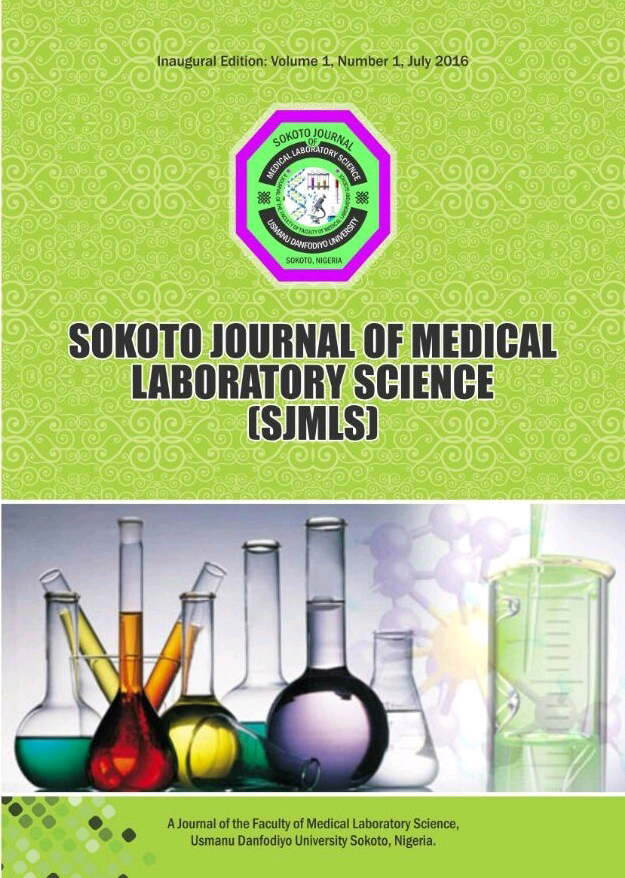Histopathological and Biochemical Investigations of Gasoline Generator Exhaust Exposure in Adult Male Wistar Rats.
Keywords:
Air pollution, Nigeria, gasoline generator, oxidative stress.Abstract
The use of gasoline generator sets to generate electricity has increased as a result of Nigeria's epileptic power supply. The exhaust from these engines pollutes the air and has been linked to a variety of ailments, including cancer and metabolic disorders. This study aims to investigate oxidative stress and inflammatory responses as well as histopathological changes in the liver and kidneys of exposed rats. Adult male rats were divided into four groups and exposed for 4, 8, or 12 weeks at time points of 2, 4, and 8 hours respectively. While nitric oxide (NO) was evaluated spectrophotometrically, enzyme-linked immunosorbent assay (ELISA) was used to analyse superoxide dismutase (SOD), glutathione peroxidase (GPx), interleukin-6 (IL-6), and tumour necrosis factor-alpha (TNF- á). The organs were also processed for histopathological examinations. Findings revealed elevated IL-6 and TNF-á values (p<0.05) with a significant decline in the GPX values of the exposed rats (p<0.05), with a substantial increase in the NO values and SOD activity seen (p<0.05). Additionally, the livers of the exposed rats showed histological alterations such as cytoplasmic vacuolation and sinusoidal congestion, while the kidneys revealed poor architecture, congested interstitial spaces, and tubular degeneration. Exposure to gasoline generator exhaust induces oxidative stress, elevates proinflammatory markers IL-6 and TNF- á, and alters the histoarchitecture of the liver and kidney.




